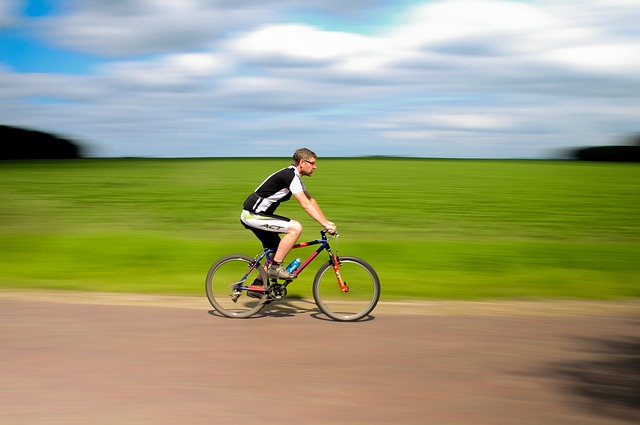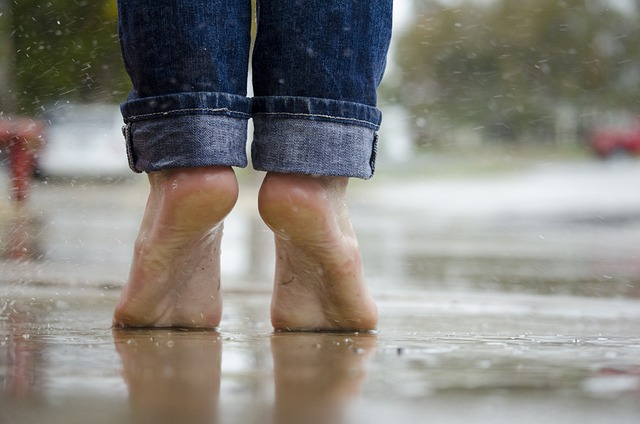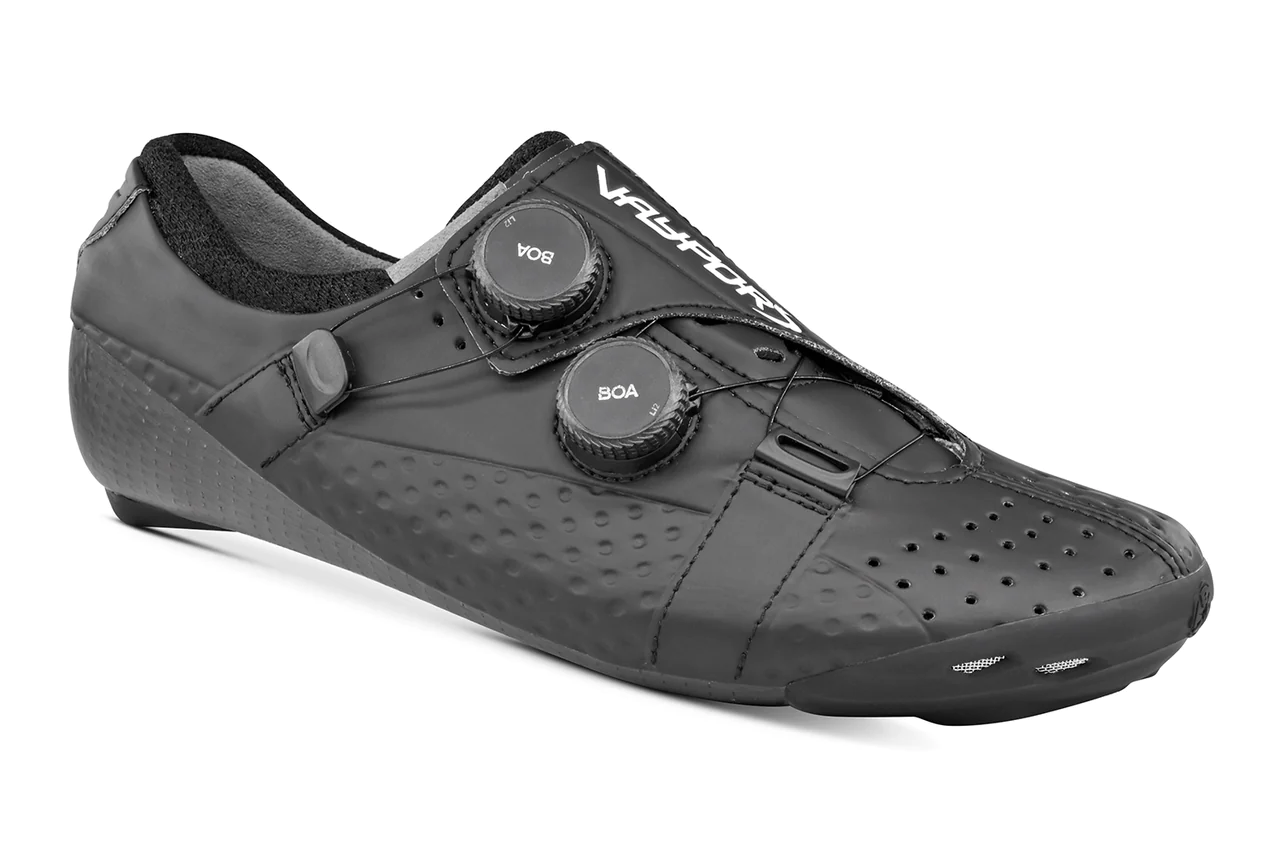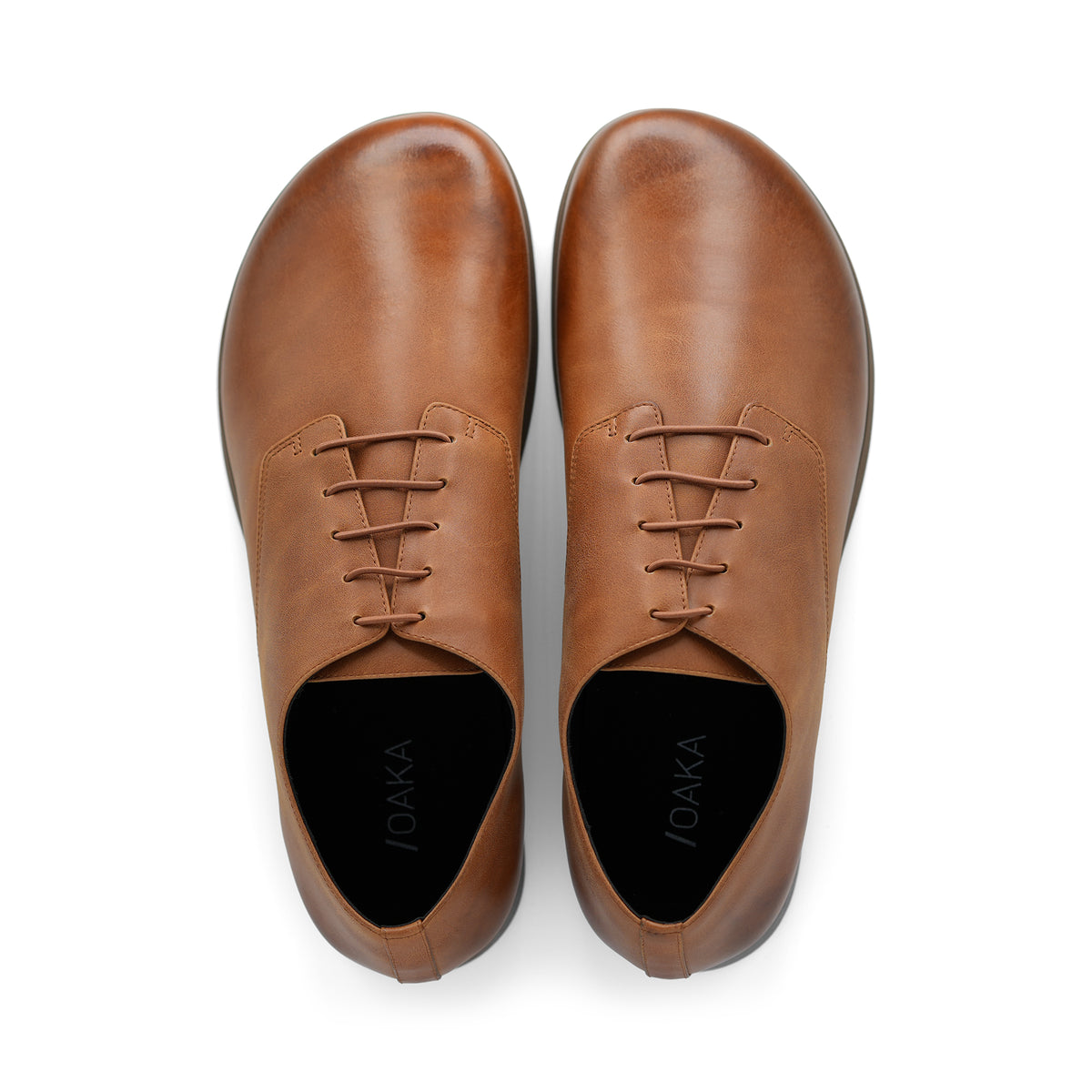Exploring the world of barefoot cycling shoes reveals a path to natural pedal feel and enhanced comfort while cycling. With their unique wide toe box and zero-drop design, these shoes serve cyclists looking to maximize pedaling efficiency and embrace a closer connection to their bike. This guide offers insights into their rise, features, and tips for making the shift effortlessly.
Key Takeaways
-
Barefoot cycling shoes are designed with a wider toe box and minimal cushioning to simulate the foot’s natural shape and movement, offering a more natural cycling experience.
-
Important features of barefoot cycling shoes include a zero-drop design for foot alignment, a wide and flexible toe area for comfort, and lightweight durable materials for an efficient, barefoot-like ride.
-
Choosing the right barefoot cycling shoes entails considering the anatomical fit, material flexibility, and compatibility with specific cycling needs; transitioning to these shoes should be gradual to allow feet to adapt, and proper care of the shoes is necessary for longevity.
The Rise of Barefoot Cycling Shoes

Barefoot cycling has surged in popularity over recent years, attracting cyclists seeking a more natural riding experience. Companies were quick to respond to this trend, introducing minimalist shoes that mimic the human foot’s natural shape, offering a wider toe box and minimal cushioning compared to traditional cycling shoes.
The inspiration for these shoes came from the principles of barefoot running. Shoe manufacturers sought to replicate the benefits of running barefoot, but for cycling, creating an extremely breathable shoe that is wider and more generous than its traditional counterpart. With this in mind, they designed the perfect wide shoe for those seeking comfort and breathability.
Unlike traditional shoes, barefoot cycling shoes do not feature a rigid sole, allowing for more foot flexibility and a closer feel to the pedal. This makes them the perfect choice for those who value the natural feel of their feet on the pedals and the connection to the bike.
Indeed, the rise of barefoot cycling shoes is not a mere trend but a reflection of the multitude of cyclists’ desire to return to a more natural foot shape, making their rides more comfortable and in tune with their bodies.
Features of Barefoot Cycling Shoes

Uniquely designed, barefoot cycling shoes offer the following health benefits:
-
Amplify the cycling experience
-
Wide toe box permits natural foot splay
-
Accommodates the natural foot shape
-
Augments comfort and control, especially for riders with wider feet.
A notable feature of barefoot shoes, especially for those with wide feet, is the zero-drop design, which eliminates the raised heel to align the heel and forefoot on the same level, providing a generous forefoot platform. Such a design, mimicking the foot’s natural position, achieves the perfect balance and boosts pedaling efficiency and stability on diverse terrains.
Far from the excess cushioning and structural support found in traditional cycling shoes, barefoot cycling shoes aim to provide a closer connection to the pedal and the bike. This enhances the natural qualities of the foot, making the ride more enjoyable and efficient.
Constructed with light weight yet durable materials, barefoot cycling shoes flex and respond appropriately to the foot’s movements. This factor significantly contributes to an overall barefoot-like riding experience beloved by many cyclists.
Top Brands and Models for Barefoot Cycling Shoes
In the barefoot cycling shoe market, brands like Lake and Bont stand out for their commitment to meet the unique needs of barefoot cyclists.
The Lake CX 201 road bike model, for instance, captures the essence of the barefoot cycling experience with its unique construction. It features a wide design with a mesh forefoot for movement and a stiff carbon sole for cycling efficiency.
Bont, on the other hand, offers heat moldable options, allowing riders to achieve a customized fit that conforms to the unique contours of their feet. Both Lake and Bont provide cycling shoes with wide and extra-wide options, catering to various foot shapes and sizes. Bont additionally offers custom fitting services for optimal compatibility.
How to Choose the Perfect Pair

Selecting the ideal pair of barefoot cycling shoes requires consideration of several factors. One should opt for a model with:
-
An anatomically shaped toe box
-
Sufficient width for natural toe spreading
-
A spacious toe box made from flexible materials
-
A balance of protection and grip
-
A snug fit easily adjusted through closures like Velcro or laces
If you’re dealing with foot issues like Morton’s neuroma, here are some tips for choosing the right shoes:
-
Choose wide model shoes to provide more room for your feet
-
Add insoles for extra support and cushioning
-
Consider the shoe volume to accommodate square-shaped feet
-
Choose breathable fabrics for indoor cycling to prevent excessive sweating
-
Opt for more durable materials for outdoor cycling to withstand different weather conditions
These tips will help you find the right shoes to alleviate foot issues and enhance your cycling experience.
Beginners or those with weak feet may benefit from minimalist shoes with a thicker sole for protection. And if you plan to use the shoes with Peloton, ensure the shoes offer compatible cleat systems.
Making the Transition to Barefoot Cycling Shoes
Adopting barefoot cycling shoes demands patience and adaptation. Here are some tips to help you transition smoothly:
-
Start with brief periods of wear, like 30 minutes daily, and gradually lengthen the duration as your feet acclimatize.
-
The adjustment period to barefoot shoes is commonly 2-3 months, varying by individual circumstances.
-
Emphasis should be on patience for the adaptation that enhances long-term foot health.
To manage discomfort that may arise during the transition, consider using metatarsal pads, heel cups, or Correct Toes toe spacers. Be mindful of reducing wear time if pain is experienced. Adaptations in gait and overall body mechanics, like engaging the big toe during push-off and walking with a soft heel strike, are crucial for a successful transition to barefoot cycling shoes.
Caring for Your Barefoot Cycling Shoes
To ensure the longevity and optimal performance of your barefoot cycling shoes, appropriate care is essential. Clean your shoes with a damp cloth to remove dust or dirt after a ride, and for mud or grime, wash them with mild dish soap and a soft brush, especially around buckles and cleats.
Store your shoes properly to maintain their shape and protect against damage. Use solutions like a Neatcleat carabiner or wall-mounted storage when not in use.
After cleaning or if the shoes are wet, dry them by stuffing with newspaper and placing in a dry room. Avoid direct heat or dryers to prevent bacterial growth and maintain the shoe material. Also, carefully undo laces, BOAs, and Velcro fasteners after each ride to preserve their functionality and extend the life of the shoe fasteners.
Summary
In conclusion, barefoot cycling shoes offer a unique and natural cycling experience. With their minimalist design, these shoes are gaining popularity among cyclists. Whether you’re considering Lake or Bont, be sure to consider your foot shape, shoe width, and cycling setting when choosing your pair. Make the transition gradually and take care of your new shoes to enjoy a more authentic connection to your bike and the road beneath you.
_____________
P.S. Try OAKA, our barefoot Derby style dress shoe that strengthens your feet and provides all day comfort.
Frequently Asked Questions
Can you use barefoot shoes for cycling?
It's generally safe to use barefoot shoes for cycling due to their textured and grippy soles, but it's important to test them out gradually for longer distances to ensure comfort and safety.
Is it OK to use running shoes for cycling?
Yes, it is okay to use running shoes for cycling, especially if you find it difficult to use clipless pedals. Comfortable shoes with high-quality materials are important for protecting your feet.
Which type of shoes are best for cycling?
The best type of shoes for cycling are clip-in or clipless shoes, known for their stiff soles that facilitate power transfer to the pedals, offering maximum performance on the road.
Can I cycle without cycling shoes?
Yes, you can cycle without cycling shoes. While cycling-specific shoes offer benefits like improved power transfer, riding in regular sneakers or shoes is still possible and can be comfortable and enjoyable.
What makes barefoot cycling shoes different from traditional cycling shoes?
Barefoot cycling shoes differ from traditional cycling shoes by mimicking the natural shape of the foot, offering a wider toe box, minimal cushioning, and more foot flexibility. This design aims to provide a more natural and comfortable cycling experience.
---
Michael Plater is an authority on barefoot shoes, having spent years reviewing and testing products as well as modifying and ripping out soles to find the healthiest options.

